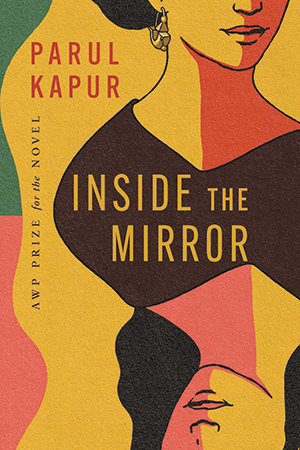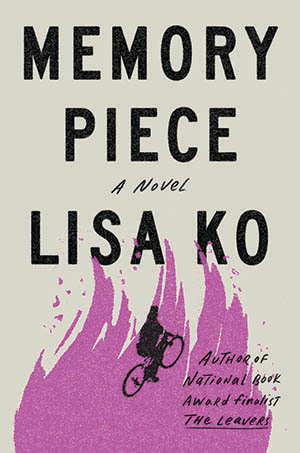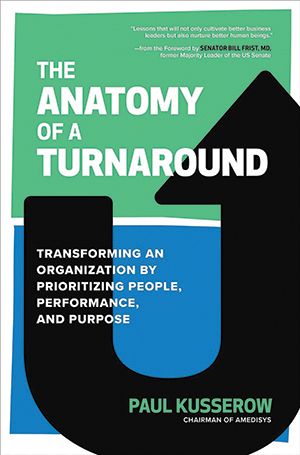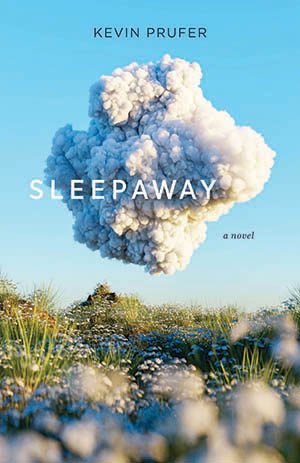Recommended Reading: Books by Isler ’01, Kapur ’84, Ko ’98, and Others
Emily Barth Isler ’01

In this middle-grade novel, 12-year-old Rosie is a musical prodigy whose synesthesia allows her to see music in colors. Her mom has always pushed her to become a concert violinist, but this summer Rosie refuses to play, wanting a “normal” life. Forced to spend the summer with her grandparents, Rosie is excited to meet another girl her age hanging out on their property. The girl is familiar, and Rosie quickly pieces it together: Somehow, this girl is her mother, when her mother was 12. With help from this glitch in time—plus her grandparents, an improv group, and a new instrument—Rosie comes to understand her mother, herself, and her love of music in new ways. (Carolrhoda Books)
Parul Kapur ’84

In 1950s Bombay, talented painter Jaya is driven to express both the pain and extraordinary force of life of a nation rising from the devastation of British rule, but her pursuit of art is hindered by her father’s demand that she study medicine. Her twin sister, Kamlesh, a passionate student of Bharata Natyam dance, complies with her father’s decision that she become a schoolteacher while secretly pursuing forbidden dreams of dancing onstage and in the movies. When Jaya moves out of her family home to live with a woman mentor, she suffers grievous consequences as a rare woman in the men’s domain of art. Not only does her departure from home threaten her family’s standing and crush her reputation, Jaya loses a vital connection to Kamlesh. Winner of the AWP Prize for the Novel, Inside the Mirror is set in the aftermath of colonialism, as an impoverished India struggles to remake itself into a modern state. (University of Nebraska Press)
Lisa Ko ’98

In the early 1980s, Giselle Chin, Jackie Ong, and Ellen Ng are three teenagers drawn together by their shared sense of alienation and desire for something different. They envision each other as artistic collaborators and embark on a future defined by freedom and creativity. By the time they are adults, their dreams are murkier. Performance artist Giselle must navigate an elite social world she never conceived of. Coder Jackie must contend with the internet’s more sinister shift toward monetization and surveillance. And community activist Ellen confronts the increasing gentrification and policing overwhelming her New York City neighborhood. Moving from the predigital 1980s to the art and tech subcultures of the 1990s to a strikingly imagined portrait of the 2040s, Memory Piece is a story of three lifelong friends as they strive to build satisfying lives in a world that turns out to be radically different from the one they were promised. (Riverhead Books)
Paul Kusserow ’85

In this inspiring in-depth case study, Amedisys CEO Paul Kusserow explains how he rescued the home healthcare company from total collapse. The two key principles behind Kusserow’s success were recommitting the company to its core mission and applying a Golden Rule managerial model. These twin governing principles were essential to improving care quality and outcomes, retaining and attracting staff, and enhancing organizational performance and profitability. Under Kusserow’s leadership, Amedisys dramatically improved operations, increased its market capitalization by over tenfold, and took its place among the country’s top home care and hospice businesses. The life and leadership lessons he’s acquired throughout his career provide the foundation for his four-stage framework—turnaround, stability, growth, and transformation—which can be applied to business turnaround in any industry. (McGraw Hill)
Kevin Prufer ’92

It’s 1984, and the invisible mists that cause people to slip into dreamless slumber are falling. Many people never awaken. Those who do wake live in fear of the next mist, each a little longer and more dangerous than the last. As dealers of the anti-sleep drug Eight Track disappear into shadows, and a murderous kingpin hunts for victims, civilization is shaved away one sleep storm at a time. Cora, a kleptomaniac waitress, sets out on an ill-fated road trip hoping to reclaim her sister’s love, only to discover a powerful bond with 12-year-old Glass, a boy who lost his only parent to one of the first mists. All the while, buildings rise outside town to cope with the mounting number of sleepers. Some see them as hospitals, others as repositories. Sleepaway is a haunting allegory for post-pandemic America that grapples with questions concerning friendship, race, and family amid the horror of inexplicable, arbitrary annihilation. (University of Chicago Press)



